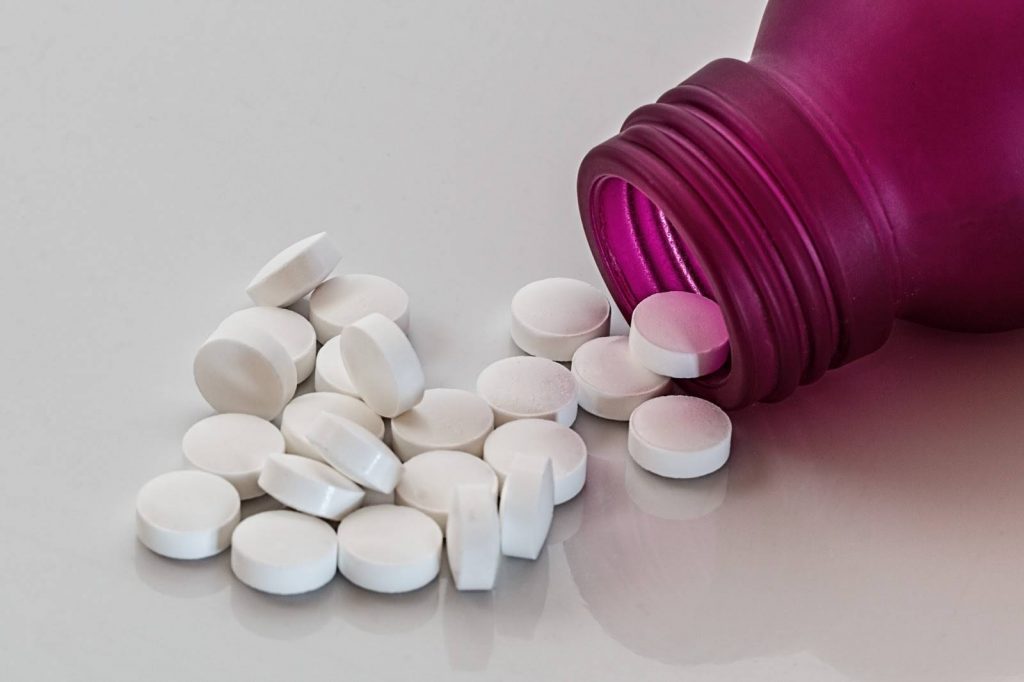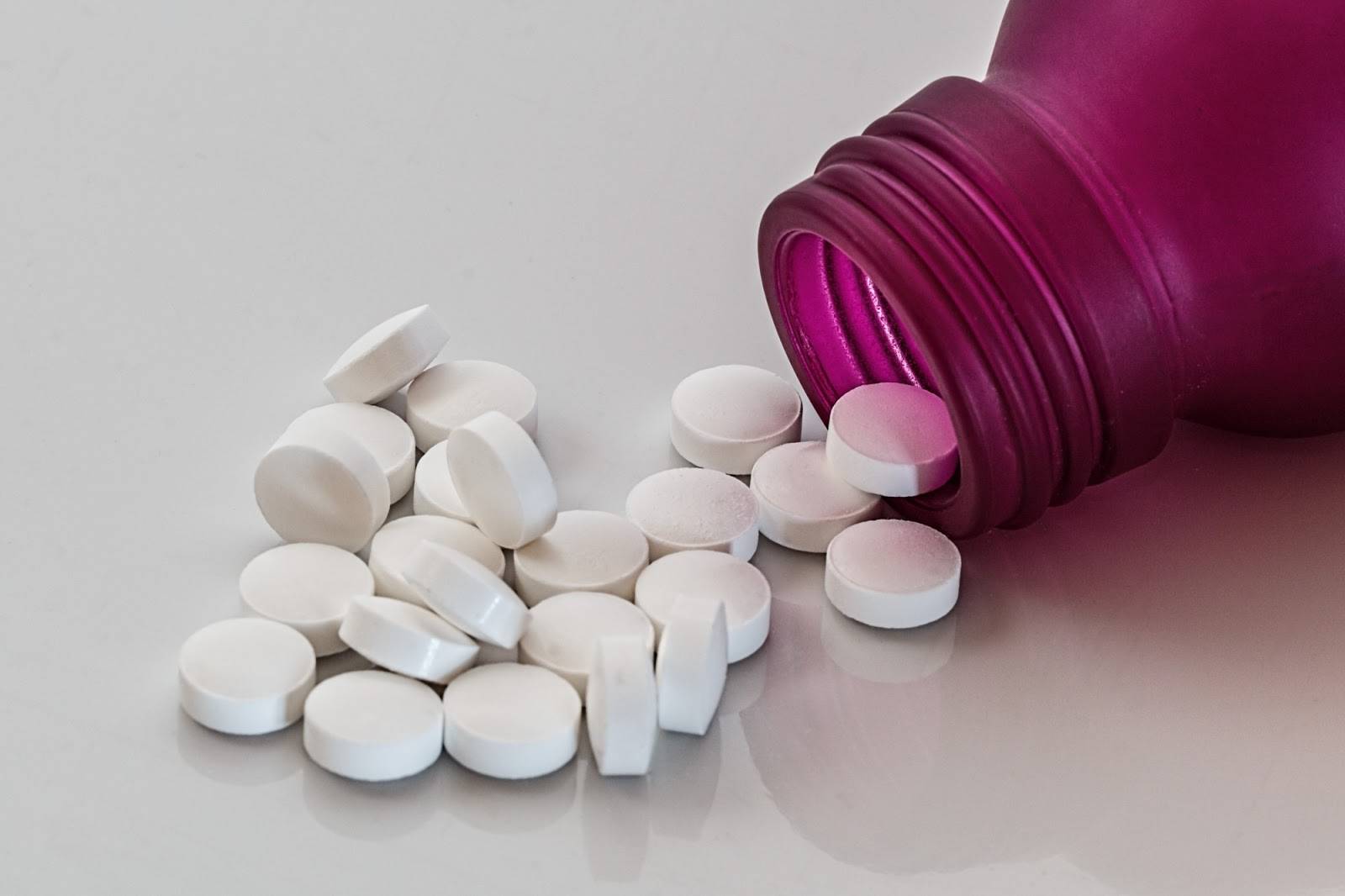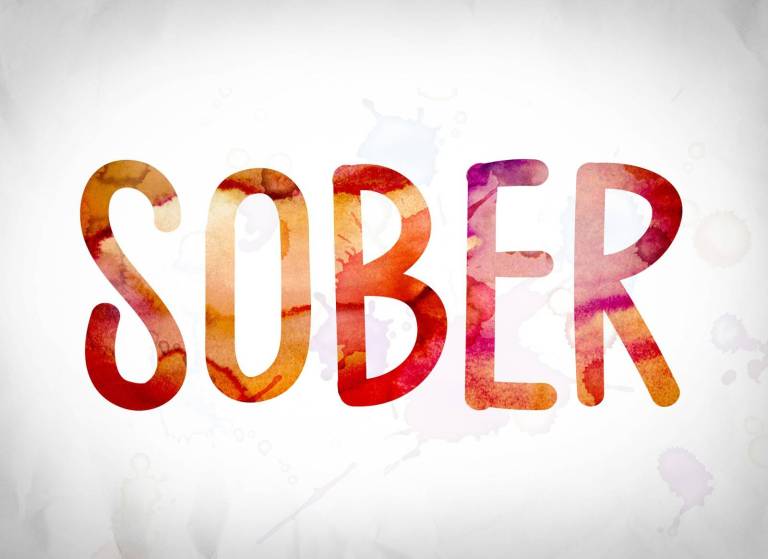Oxycontin has been in use since the 1990s in the United States, as a prescribed method of treating pain. But the use of this opioid has had serious implications on society and users over the past 30 years. Oxycontin addiction (and counterfeit oxycontin laced with fentanyl) represents an ongoing aspect of the opioid crisis.
From 1999 to 2017, over 200,000 people died in the United States because of overdoses related to prescription opioids. And the problem is getting worse, not better. In 2017, overdose deaths involving prescription opioids were 5 times higher than in 1999.
Oxycontin addiction is part of an epidemic that we aren’t addressing fast enough. And the most important thing an individual can do for themselves or a loved one who is an addict is to seek professional help.
Overdoses from oxycontin are common and there are many different types of pills on the market. In addition, there are even synthetic oxycontin pills made of different chemicals. But what do they look like? How do you know what to look for if someone you love is using?
Keep reading to find out about oxycontin addiction and all about the pills and what they look like.

What Is Oxycontin?
What is oxycontin and how did it come to be?
Oxycontin was developed and approved in 1995 by Purdue Pharma, as a reformulation and improved version of Oxycodone. Basically, they geared it towards altering the drug so that it would lessen dependence and abuse of the drug. The slower absorption rate was the main difference between Oxycontin and Oxycodone.
Marketing to physicians proved to be successful as Oxycontin became one of the United States’ most prescribed opioids. Then, in 2003, the FDA wrote a letter to the manufacturer, warning them of their misleading advertising and lack of warning and risk statements with regard to the addictive nature of the drug.
In 2007, they pleaded guilty for misbranding and agreed to pay over $600 million in fines. The FDA added warnings such as:
- Oxycontin could not be broken, chewed, or crushed
- 80mg and 160mg pills should only be used in opioid-tolerant patients
- Oxycontin exposes patients to the risk of overdose, addiction, and even death
In addition to having to pay hundreds of millions in fines, Purdue is facing multiple lawsuits from different states that claim Purdue’s misleading claims are responsible for the opioid crisis in those particular states. They have already settled with the state of Kentucky.
Who Is Prescribed Oxycontin?
Oxycontin is prescribed to relieve various pain from things like cancer, arthritis, injuries, and other conditions. Oxycodone, the morphine-like drug that manufacturers use to make Oxycontin, is also in other drugs, marketed to treat pain.
The 18-25 range is one of the most common for Oxycontin users but there are people of all ages who use it, including those under age 18. Oxycontin can not only become addictive, but it can also be deadly.
What Do the Pills Look Like?
Typically, Oxycontin comes in small, round pills. They vary, however, in markings and colors, depending on the dosage. Here are some of the many colors and doses:
- The Oxycontin 10mg tablet is white and marked with the number 10
- The Oxycontin 15mg tablet is grey and marked with the number 15
- The Oxycontin 20mg tablet is pink and marked with the number 20
- The Oxycontin 30mg tablet is brown and marked with the number 30
- The Oxycontin 40mg tablet is yellow and marked with the number 40
- The Oxycontin 60mg tablet is the color red and marked with the number 60
- The Oxycontin 80mg tablet is green and marked with the number 80
- The Oxycontin 160mg tablet is blue and marked with the number 160
The Oxycontin 160mg is either elliptical or round, whereas all of the other pills are round. Pills 60mg and over are for patients that already have built up a tolerance to the drug.
What Are Some of the Signs and Symptoms Someone Is Using?
In addition to knowing what Oxycontin pills look like, you will also want to know what signs and symptoms to look out for if you are worrying that someone you love might be using.
Some of the symptoms an individual will experience as a result of Oxycontin use are as follows:
- Sedation
- Euphoria
- Drowsiness
- Itching
- Low blood pressure
- Nausea and vomiting
- Sweating
- Dry mouth
- Headache
- Respiratory suppression
- Constipation
- Drowsiness and even nodding off
- Lightheadedness
Some of the signs you can look for in someone’s behavior are:
- Sedation
- Sense of calmness
- Apathy
- Drowsiness
- Dilated pupils
- Short Attention span
- Weight loss
- Problems with balance and coordination
- Excessive yawning
There can also be cognitive symptoms, especially if you’re using Oxycodone. Poor focus, poor concentration, and poor spatial ability, and impaired memory or judgment are also characteristics that someone might be using Oxycontin. An addict may exhibit paranoia, anxiety, mood swings, and even angry outbursts as well.
What Happens in an Overdose?
Not every opioid overdose is the same. In fact, it can differ from person to person. It also depends on how much of the drug was taken, relative to a person’s size, age, and health.
Here are some signs that an individual might be overdosing on Oxycontin. If so, you should seek medical attention immediately.
- Issues breathing or stopped breathing
- Low blood pressure
- Slowed pulse
- Cold sweat
- Extreme sleepiness
- Coma
- Loss of consciousness
- Narrow pupils
- Cyanotic appearance (bluish discoloration of the skin)
An overdose is extremely dangerous. The brain slows down and loses its ability to send signals to the body to pump blood or breathe. Your organs and your brain rely on that oxygenated blood and they can begin to fail almost immediately without that communication from the brain.
Breathing slows down and eventually subsides if you do not seek medical help right away.
What Is “Mexican Oxy” and What Does It Look Like?
Mexican Oxy is pills that claim to mimic Oxycontin, particularly in size, color and markings. Most of the pills have been attributed to looking almost exactly like a 30mg Oxycontin pill. However, they vary in strength and some are so strong that they contain lethal doses of a drug.
Law enforcement officials say that Mexican oxy pills have become a lucrative product for the cartel. Many people think they’re taking Oxycontin, or something similar, only to end up dead if left without a drug reversal option. That’s why so many states along the border have become increasingly involved in the fentanyl crisis. In Arizona, fentanyl deaths tripled from 2015 to 2017.
High school students, including athletes and diligent students, are popping pills at parties to have fun, with no idea that they could end up falling asleep and never waking up. Some pills contain enough fentanyl for 3 people. 1 pill alone can be lethal.
What Should You Do to Help Fight Your Addiction?
It’s estimated that only maybe a tenth of the people who could benefit from rehab, actually go to rehab.
Time constraints, shame, and high costs are all reasons why people avoid entering into rehab. But there are many options that are covered by insurance and many treatment centers willing to work with individuals.
That being said, the absolute most beneficial thing an addict can do is to seek professional help. There are 115 deaths every single day due to opioid overdoses. Many of the staff at our treatment center know what addiction is like and understand what addicts go through because we were once addicts ourselves.
It’s essential that you surround yourself with people who empathize with what you’re going through and know and understand how to help treat you. Furthermore, with group therapy and interacting with other addicts, you’ll find a sense of community and determination that is unmatched in any other environment.
Can You Just Treat Yourself at Home?
Many addicts, especially those addicted to prescription meds, find that as their addiction grows, so does their tolerance. Often individuals are left with no additional prescriptions or feeling like they don’t have enough.
This is when an individual will turn to buy drugs illegally or opting for cheaper versions, which can be lethal.
At home, detox is risky because of the potential for relapses, overdoses, mental health concerns, and medical complications. Plus, panic attacks, hallucinations, mood swings, panic attacks, vomiting, and headaches, all make it almost impossible for someone to see through their detox.
Addiction is not a willpower issue. Simply put, it’s a disease and should be treated as such when it comes to receiving medical attention. Want to know more about what steps you should take in figuring out a way to finance your rehab? Check out our blog on financing options and advice.
Don’t let Oxycontin Addiction Hurt You or a Loved One Any Longer
Oxycontin addiction is very serious and can be deadly. If you or a loved one are fighting an addiction, there are many reasons why rehab may be the only option to get you on a path to a healthy and happy life.
No addict should feel shame for not being able to fight their addiction alone. It’s near impossible. It’s a disease and it requires medical attention, guidance and encouragement, therapy, and a strong sense of community in order to fight.
If you’re wondering how your treatment will go, read our article about what you should expect while you’re in recovery. Need help navigating your insurance? Give us a call today and find out how much of treatment your insurance will cover.



